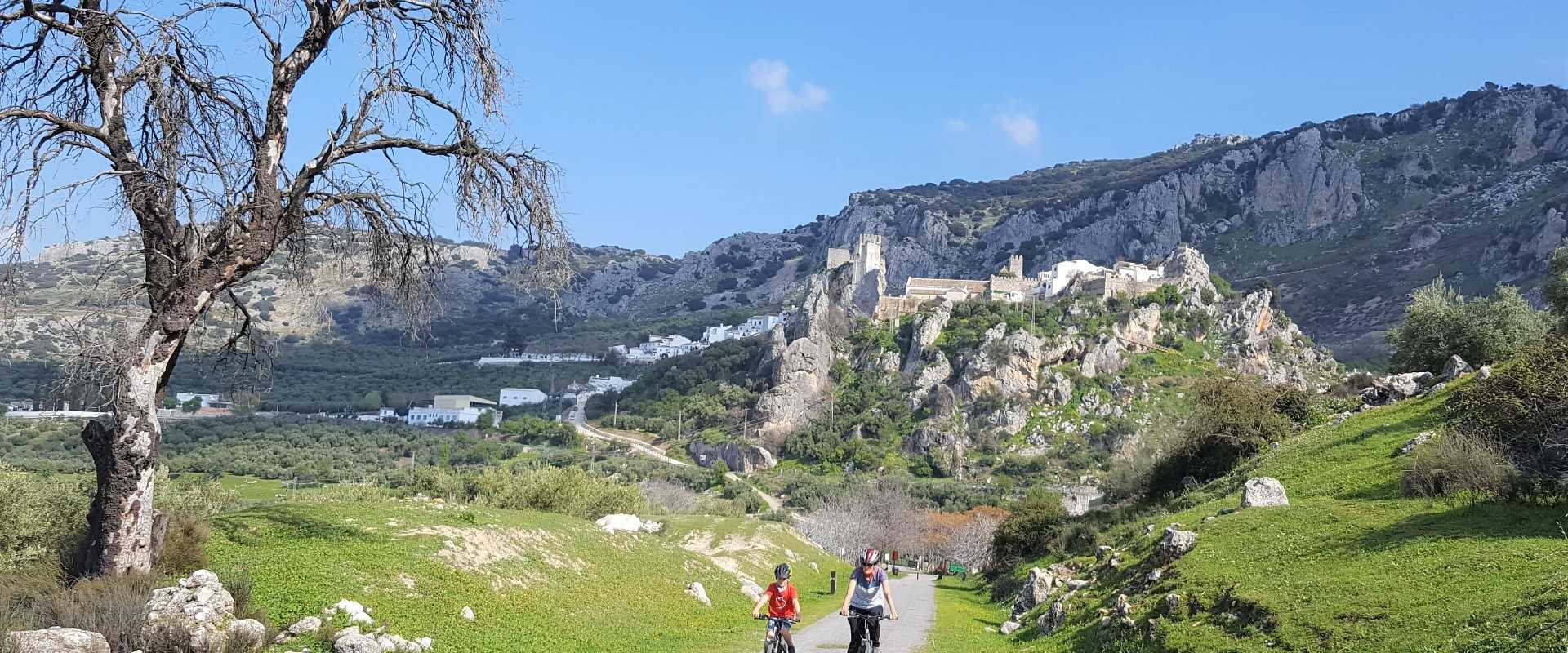How can somewhere in Andalucia, one of southernmost Spain’s most-loved and most-visited destinations, be as little known as the region of Subbetica?
Firstly, Subbetica is not a coastal destination – it is deeply rural, set in superb countryside, with rolling, olive-tree-clad hillsides; some ancient olive trees have seen 1,000 years of history unfold around them. Imagine what such trees, planted in the 11th century AD, and still living now, in the 21st century, have witnessed – 400 years of Moorish rule, before King Ferdinand and Queen Isabella conquered the south of what we now know as Spain and the Moors fled, leaving their watchtowers dotted around the landscape, the Alhambra Palace and all its wonders in Granada, their language (Al-Andalus duly became Andalucia) and traces of their cuisine which remain to this day.
The Romans cultivated olives in Andalucia, much as they are cultivated to this day – award-winning, quality-certified organic olive oil is produced using artisanal methods dating back centuries. There are fascinating olive oil tours and tastings to enjoy courtesy of local family olive oil producers who work in traditional ways. Olive oil is at the heart of the Subbetica’s gastronomy, naturally – it is incorporated into many dishes, from goat’s cheese to local desserts. Visit in the winter months - still with bright sunshine daily - and you can join the olive harvest at rural hotels that make their own olive oil; the harvest is largely still accomplished by hand. Sherry-like, rich and fruity wines also hail from this gastronomic region.
Such a rich history of olive oil and olive-based experiences leads naturally to cookery courses using the freshest of local ingredients and also to spa experiences using local ingredients such as honey and olive oil as the basis for massages and other treatments.
Despite its lack of coastline, Subbetica does, however, offer watersports galore courtesy of a huge reservoir, Iznajar, which is well set-up for water activities of all kinds, from wild swimming to stand-up paddleboarding, to river rafting, sailing, kayaking and more; perfect during the hot summer months. Follow the locals’ lead – get up early to enjoy the cool of the morning, take a siesta in the shade over the midday hours, and get active again in the late afternoon/early evening, enjoying dinner outdoors and watching the amazing Dark Skies of the region in the cool of the night.
Mornings are perfect for biking (road cycling and cycle touring), not to mention walking on the Via Verde del Aceite – a collection of historical railway lines now repurposed as hiking and cycling routes, with the old station buildings now re-imagined as small hotels, restaurants, bars and bike-hire shops. Viaducts dating back to the 19th century offer views in all directions, and the white villages of the region are a joy to visit and a temptation to photograph. The cycle routes suit families and wheelchair users alike – an unexpected but welcome bonus of this deeply rural region. The Parque Natural Sierras Subbéticas is a massive 320 sq km to explore as you wish… the delightful white villages of the region ( not as well known as those in western Andalucia but equally as beautiful and far less touristy) will tempt you to stay for a drink with a view as you explore the region; there are uncrowded mountain biking routes and spectacular walking trails a-plenty to discover and to sample for yourself.
And, of course, in the midst of this natural paradise, you’ll find a wealth of birdlife too – from griffon vultures to Bonelli’s eagles – and a carpet of spring flowers in the early part of the year. The Easter Week processions are worth a visit too, for a taste of local life alongside enjoying the festivities.
Come September, there’s the annual Artisan Cheese Fair, held in Zuheros – perfect for the many cheese and wine tasting opportunities available!
Fruit grown locally includes seasonal cherries, peaches, apricots and pomegranates, plus plentiful fresh vegetables year round. It’s healthy eating in a very natural, very low-food-miles way.
There are hopes for UNESCO recognition in the next couple of years for Andalucia’s 15,000 sq km Mar de Olivos (Sea of Olive Trees). This will place the Subbetica on a par with the Alhambra, the Mezquita, the nearby prehistoric dolmen (standing stones) and the Renaissance towns of Baeza and Ubeda.








